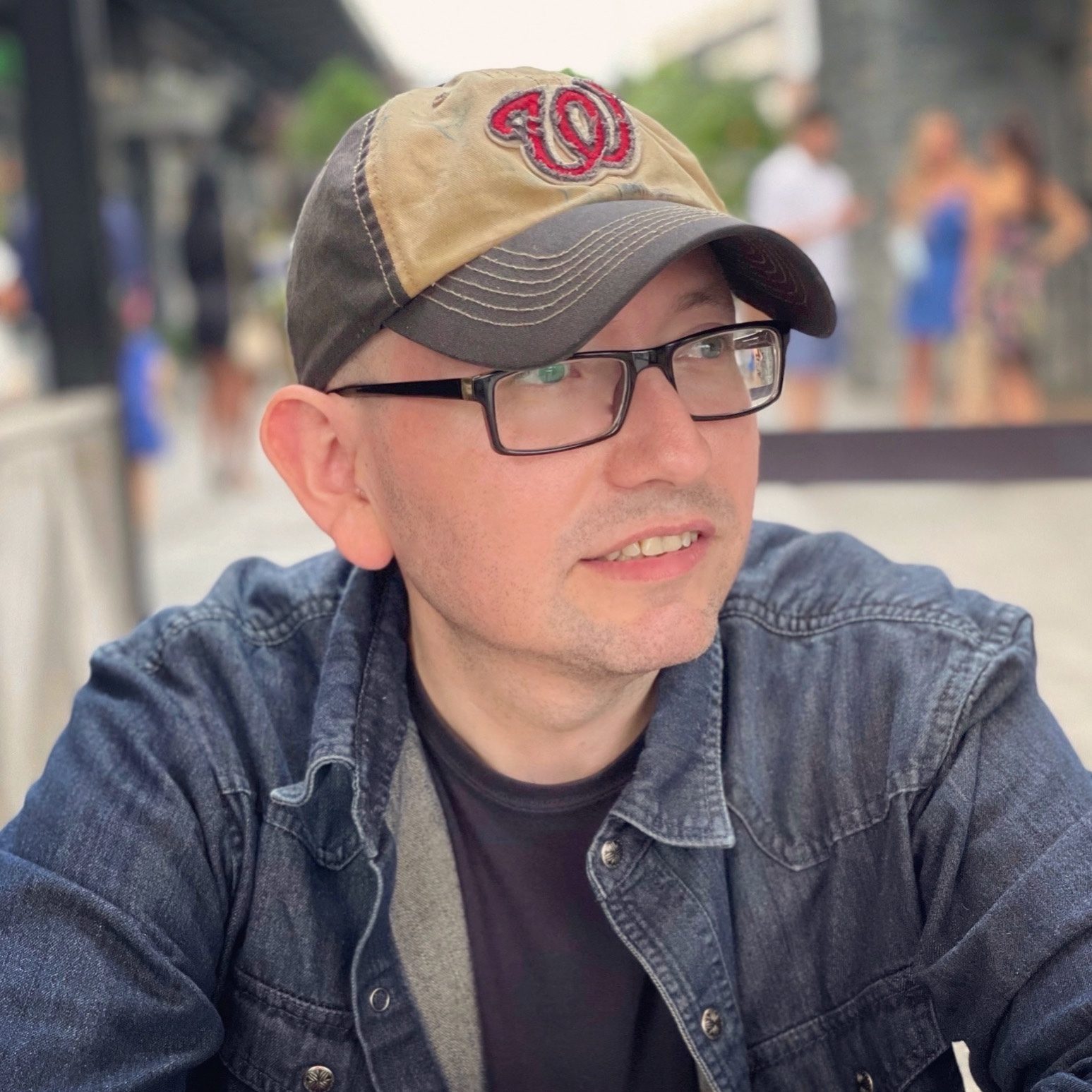When William Friedkin set out to direct The Exorcist back in the 70s, he had never personally witnessed an exorcism before the shooting of this iconic 1972 film; however, more than 40 years later, he would witness an Exorcism for the first time and document it for the world to see.
The demonic realm has always intrigued and fascinated me — I try to read and research the subject whenever I stumble upon articles regarding demonic possessions cases. The 2009 book The Rite: The Making of a Modern Exorcist by Matt Baglio: is an excellent read, and it is one of my favorite non-fiction books on the subject of Exorcisms. There was a 2011 movie with Anthony Hopkins based on this book; It was well received, but it wasn’t a faithful adaptation of Matt Baglio’s work, and it wasn’t as thought-provoking as, say, The Exorcism of Emily Rose (2005).

Father Gabriele Amorth (1925-2016) has been on my radar for many years now, as I’ve been closely studying his work. He was the Catholic church’s most respected Exorcist. He founded the International Association of Exorcists, a training institution for priests’ training in Exorcism rites. He also wrote several highly acclaimed memoirs; The Devil is Afraid of Me: The Life and Work of the World’s Most Famous Exorcist and My Battle Against Satan.

Friedkin is allowed unprecedented access by the Vatican to witness and record an Exorcism by Father Amorth. We meet Cristina, who is believed to be possessed by a demon or some dark entity. By the time we meet her, she has been through 8 Exorcisms, and they are about to perform the 9th. As father Amorth begins the Roman rituals of Exorcism, we see Cristina become violent, aggressive, and this unnatural, terrifying voice comes from inside of her. She screams and grunts — it all seems over the top, but it does feel genuine and straight out of some strange dark realm.

Perhaps the most significant thing this documentary attempts to do is bringing this evidence to medical professionals, scientists, scholars, and neuroscience experts to examine. All of them can’t articulate or properly diagnose what Cristina or other victims of so-called possessions are experiencing in medical terms. They all seem to agree that there is something entirely out of logical explanation happening to these people.

It is exceptionally fascinating to realize that even now, in 2021 the best weapon we have to combat these types of cases is not a medical doctor but Exorcism-trained priests.
Reading serious non-fiction works by Authors like Matt Baglio or Father Malachi Martin and even watching documentaries like The Devil and Father Amorth will challenge your views on spirituality to some degree. However, this documentary does little to satisfy any skeptics of demonic possessions; it instead leaves you with more questions than answers. Additionally, it establishes no concrete medical, psychological, or scientific explanations for this phenomenon. So, yes, this documentary is a must-see.
Three out of Five Popcorn Bags 🍿🍿🍿
The Devil and Father Amorth (2017)


